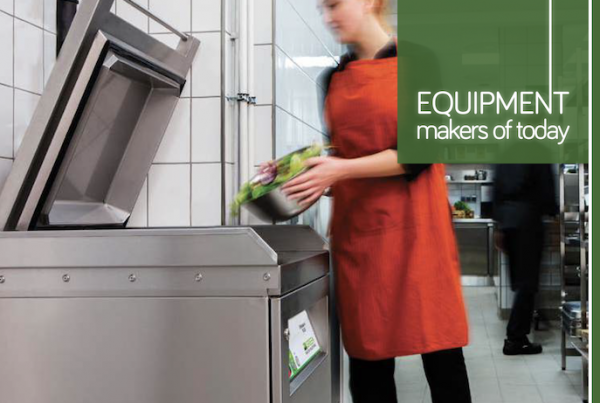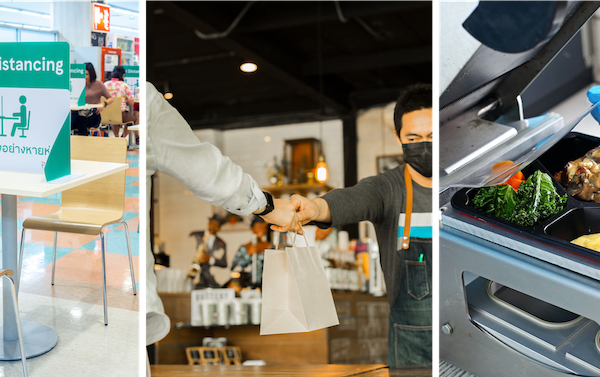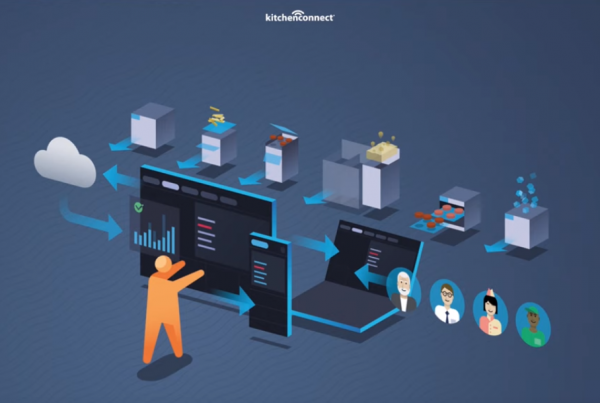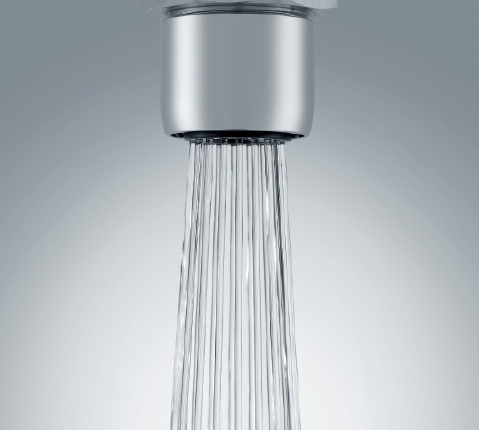
Water is a main component in the food & beverage market. All the industries in the market (dairies, breweries, farming, etc.) deal with this resource and considering the many constraints imposed by the authorities and by the industry itself, this is a real challenge.
In 2015, 15 major food and beverage companies received letters from a group of global investors urging them to better manage water resources. The letters targeted companies identified in a report by the NGO Ceres, “Feeding Ourselves Thirsty,”as having poor risk disclosure and management practices with regards to water risks. Signing the letter were North American and European institutional investors responsible for managing $2.6 trillion in assets.
The campaign reflects one of the growing pressures on the food and beverage industry. Water crises were ranked as a top global risk at the 2015 World Economic Forum. According to the United Nations, the food sector uses 70% of the world’s freshwater supplies.
Research under taken by Sustainalytics shows that most companies in Asia are not yet strategically managing water resources and have only under taken ad hoc initiatives related to water use with apparently limited understanding of water’s materiality to business models. However, leading global players are now under taking initiatives to improve the efficiency of their beverage production.
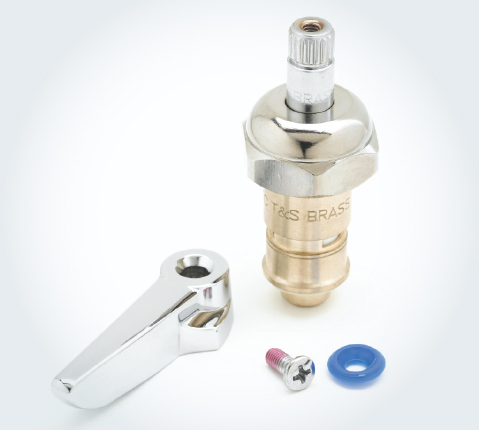
CAN’T PUT A PRICE ON THIS
It’s not hard to calculate the amount of water your establishment uses on a given day, but the price that you pay to use running water cannot compare to how utterly precious it is. In some countries, fresh water is imported in for public and private use.
The price for water and sewage costs related to the water used by volume can also be factored into the equation, where possible. Sewage cost is the cost of the portion of the water that you use inside the establishment and that goes out through your drains, toilets, etc.
It is important to note that water and sewer prices vary by region, and not all regions have water or sewage cost. This means, some establishments do not pay for the water itself or the water that is drained, but there are still costs associated with the use of water because of the energy required to heat the water (greater volumes of water require greater amounts of energy for heating) as would be reflected in the energy or electricity bill.
Furthermore, simply because the cost of water is ver y low or even non-existent, it does not mean one should not worry about reducing the amount of water being used. For ecological reasons, it is vital to the survival of our planet Earth to reduce the waste of water to a minimum. Being environmentally friendly is important.
ALL THAT WATER WASTE
There are many places where water is wasted. Aside from pre-rinse units’ spray valves and add-on faucets, water is wasted during handwashing and food prepping, but also while washing, for maintenance reasons, etc. It makes sense to restrict the flow of almost any water outlet in the establishments.
Often, foodservice establishments forget about the water savings potential in bathrooms as well, but bathroom fixtures are very important. When people go to restaurants for a nice dinner, the last thing they care about is saving water or money for the restaurant, but simple solutions even in the bathrooms, whether public or employee-only, can also make a huge difference.
It is not uncommon to find leaky faucets that leak more water than at the rate of one drop per second. It’s also worth noting that if a cartridge leaks, it is usually the hotwater cartridge, which means that not only is water being wasted, but it is heated water that is wasted, which means an increased energy bill.
Based on empirical calculations, it was concluded that with a simple installation of an aerator on a hand wash faucet, almost 4 liters of water could be saved per hand wash.That means, every time someone washes his hands, by just adding a small extra par t to the existing faucet, he could reduce the amount of water he is using by 4 liters while still being able to wash his hands perfectly.
A very important aspect to consider with saving water is the fact that drips and leaks can have an immense effect on the amount of water wasted. It was also calculated that one drip per second on any given water outlet equals 11,000 liters per year.
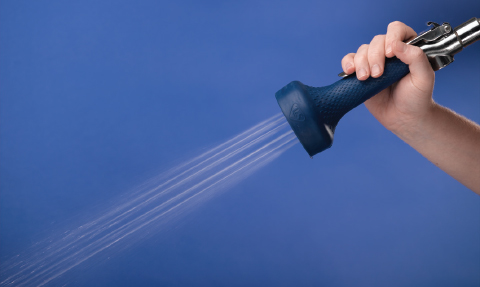
MEASURING YOUR WATER USAGE
Innovative equipment solutions provider T&S Brass and Bronze Works Inc. (T&S) conducts water audits to assess the impact of water wastage on companies. What they found was utterly mind-blowing; most establishments could begin saving water by making very minor and low-cost changes in the kitchen.
Through the water audit, T&S calculates the amount of water that could be saved. In this process, a T&S representative will come to the establishment and measure the flow-rate of each water outlet at that establishment. Through a formula measuring use rates, frequencies, and other essential facts, the total amount of usage of water is determined.
Once the final calculations of the water audit have been made, the numbers of the actual flow-rates are replaced with the flow-rate numbers of the various spray valves and aerators T&S offers, which are designed to utilize an optimized amount of water. When you then take the actual flow-rate calculation and subtract the optimized flow-rate calculation, you are left with the difference. This difference is the amount of water that would be saved if the establishment were to change to environmentally-friendly products, most of which could be installed cheaply and in a matter of minutes.
In addition to water audits, it is actually very simple to measure the amount of water used and the potential savings with their online water and cost savings calculator. Accessible directly on the T&S website and without requiring any kind of log-in, no registration, and no fees, T&S cost savings calculators allow customers to enter all of the information pertaining to their specific market, including electricity costs, sewer costs, water costs, etc. to calculate the potential savings.
Another source available to measure possible water savings is provided by an energy efficiency industry leader, the Food Service Technology Center’s Water Cost Calculator.
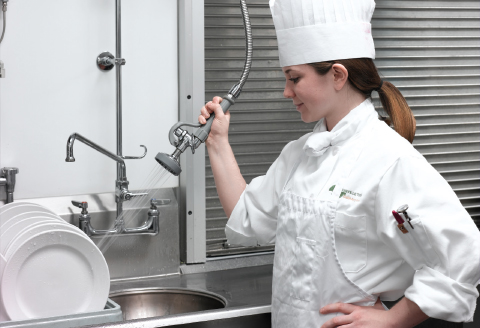
PREVENTION IS BETTER THAN NAUGHT
In the bits and bobs of small par ts lie the secrets of conserving water, and that ultimately makes a huge difference. Did you know that low-flow spray valves conserve water? But how much will you save? You might be surprised at the costs you can cut annually by simply switching to lowflow spray valves.
How else can you save water and water-use related costs? Hand-washing is an essential par t of operating a kitchen safely. But with many hand sink faucets delivering water at up to 8.33L/min (2.2 GPM) or more, the amount of water – and money wasted can really add up. By simply adding lowflow aerators to your existing faucets, you can significantly reduce the amount of water wasted while still maintaining a clean and healthy kitchen.
When you choose high-quality, sustainable products, you’re not just ensuring reliable, worry-free performance – you’re driving down water and energy costs with every installation. While T&S offer a full range of watersaving fixtures, here are three key product categories that can yield particularly large savings for a relatively small investment:
• Spray Valves- they are available in several designs for specific applications, like the ultra-low-flow B-0107-C (0.65 GPM), B-0108-C (0.65 GPM) and the B-0107-J (1.07 GPM).
• Aerators- the ideal choice to limit the outlet’s water flow, with a variety of flow patterns and rates available.
• Cartridges- T&S’ water-saving Cerama cartridges reduce water usage by up to 20% and come with a lifetime warrant.
• Specifically for reducing maintenance costs and energy costs, if using a water-saving sensor faucet, we’ve found a way to eliminate the need for batteries or transformers with a
hydrogenerator, which generates its own power through hydroelectricity and helps save energy.
Special thanks to the team at T & S Brass for the information and tips shared.For more information, visit www.tsbrass.com







